Let's dispose of "small rechargeable batteries" and "small electronic devices with non-removable rechargeable batteries" on the "hazardous waste" day.
Before putting out the garbage, double-check the sorting!
In recent years, there have been many fires from waste disposal facilities and garbage collection vehicles in the Tokyo area.
The cause is believed to be rechargeable batteries, such as lithium-ion batteries, mixed in with "non-burnable waste" and crushed by the shredders at processing facilities or the press plates of collection vehicles, which can lead to heating and ignition. When a fire occurs, it can not only cause damage to machinery and accidents for workers but also result in delays in collection and the suspension of deliveries to the facility.
Before putting out the garbage, please check once more to ensure it is properly sorted.
What is a small rechargeable battery?
This is a rechargeable battery that can be used repeatedly.
There are lithium-ion batteries, nickel-cadmium batteries, nickel-metal hydride batteries, and small sealed lead-acid batteries, each of which has a "recycling mark" displayed on its body.
Please note that overseas or old rechargeable batteries may not display the "recycling mark," but if they are rechargeable batteries, they can be disposed of on the designated "hazardous waste" day.




How to Dispose of Small Rechargeable Batteries
- Please put out your "hazardous waste" in transparent or semi-transparent bags once a month.
- Small rechargeable batteries are also collected at the recycling boxes of designated recycling partner stores. Please search for recycling partner stores on the website of the Japan Battery Recycling Center (JBRC) for confirmation.
- Please insulate the terminal parts of the battery with tape or similar before disposing of it.
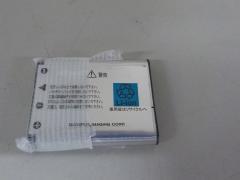
How to dispose of "small electronic devices with non-removable rechargeable batteries"
- If it is generally 50cm or less, please dispose of it on the "Harmful Waste Day" once a month, either by placing it in a transparent or semi-transparent bag or by putting it in one of the 11 small electronic device collection boxes in the city after insulating the terminal parts with tape or similar.
- Items larger than 50cm should be disposed of as oversized garbage (reservation required).
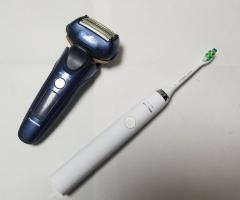
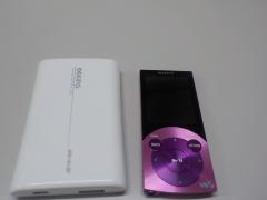
Reference
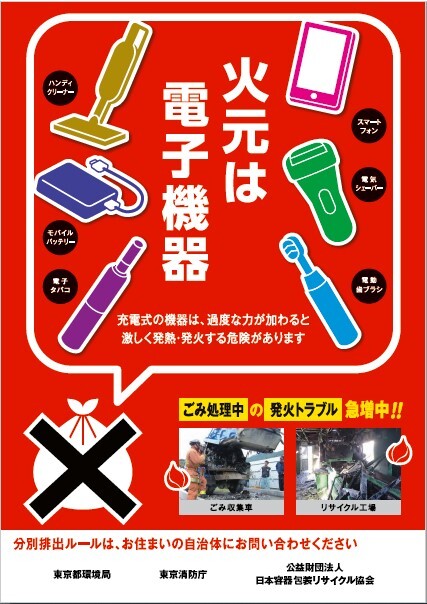
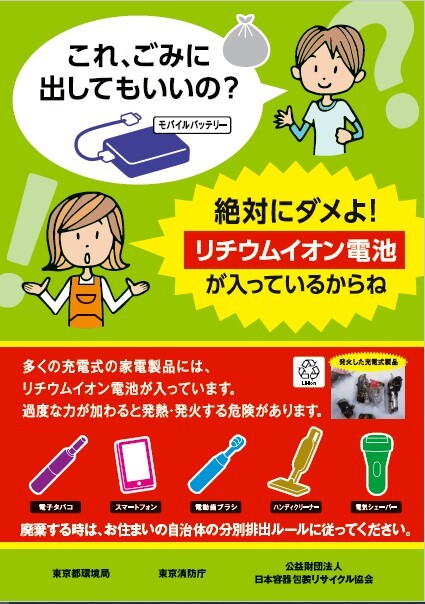
To view the PDF file, you need "Adobe(R) Reader(R)". If you do not have it, please download it for free from Adobe website (new window).
Please let us know your feedback on how to make our website better.
Inquiries about this page
Inagi City, Department of Urban Environment and Development, Living Environment Division
2111 Higashi-Naganuma, Inagi City, Tokyo 206-8601
Phone number: 042-378-2111 Fax number: 042-377-4781
Contact the Living Environment Division, Urban Environment Management Department, Inagi City



















